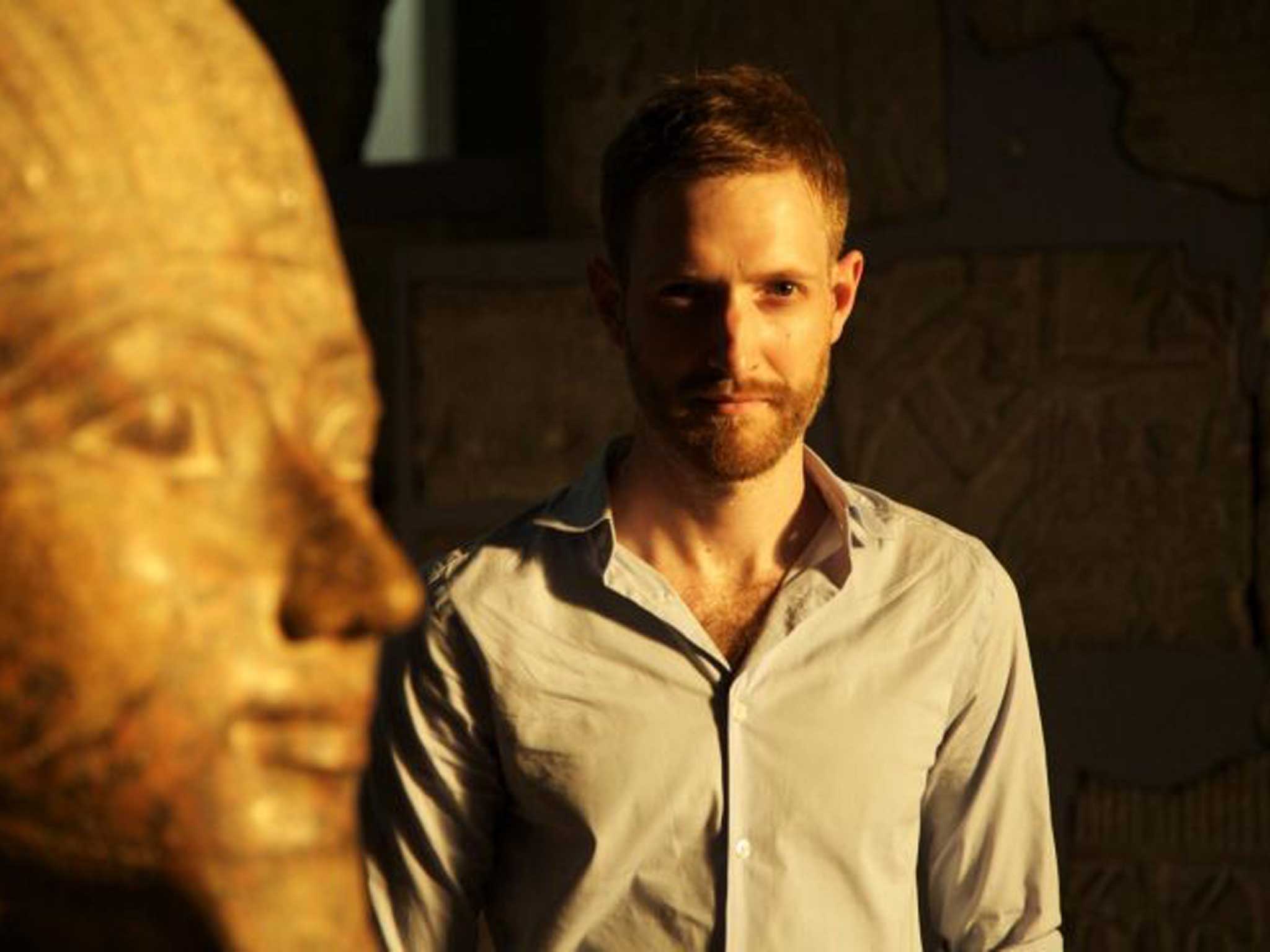Solved: The mystery of King Tutankhamun's death
Crash injuries suggest he was the first of the boy racers

Your support helps us to tell the story
From reproductive rights to climate change to Big Tech, The Independent is on the ground when the story is developing. Whether it's investigating the financials of Elon Musk's pro-Trump PAC or producing our latest documentary, 'The A Word', which shines a light on the American women fighting for reproductive rights, we know how important it is to parse out the facts from the messaging.
At such a critical moment in US history, we need reporters on the ground. Your donation allows us to keep sending journalists to speak to both sides of the story.
The Independent is trusted by Americans across the entire political spectrum. And unlike many other quality news outlets, we choose not to lock Americans out of our reporting and analysis with paywalls. We believe quality journalism should be available to everyone, paid for by those who can afford it.
Your support makes all the difference.It has taken thousands of years, but a combination of 21st-century forensic science and luck has finally revealed what happened to Tutankhamun – the world's most famous pharaoh.
Mystery has surrounded the boy king ever since his death in 1323BC, aged 19. The mystery intensified when the archaeologist Lord Carnarvon died in Cairo shortly after he and Howard Carter discovered Tutankhamun's tomb in 1922.
Now British experts think they have solved the riddle of the king's death. They believe injuries on his body are akin to those sustained in a chariot accident and that his mummification was botched.
Dr Chris Naunton, director of the Egypt Exploration Society, was intrigued when he came across references in Carter's records of the body having been burnt. A clue came from Dr Robert Connolly, an anthropologist at Liverpool University, who was part of the team that X-rayed Tutankhamun's remains in 1968. Among the bones in his office he recently found a piece of the pharaoh's flesh – the only known sample outside Egypt.
Working with forensic archaeologist Dr Matthew Ponting, Dr Connolly used a scanning electron microscope to determine that the flesh had been burnt. Subsequent chemical tests confirmed that Tutankhamun's body was burnt while sealed inside his coffin. Researchers discovered that embalming oils combined with oxygen and linen caused a chemical reaction which "cooked" the king's body at temperatures of more than 200C. Dr Chris Naunton said: "The charring and possibility that a botched mummification led the body spontaneously combusting shortly after burial was entirely unexpected, something of a revelation."
Working with scientists from the Cranfield Forensic Institute, researchers performed a "virtual autopsy" which revealed a pattern of injuries down one side of his body. Their investigation also explains why King Tut's mummy was the only pharaoh to be missing its heart: it had been damaged beyond repair.
The pharaoh's injuries have been matched to a specific scenario – with car-crash investigators creating computer simulations of chariot accidents. The results suggest a chariot smashed into him while he was on his knees – shattering his ribs and pelvis and crushing his heart.
The new findings will be shown for the first time in Channel 4's 'Tutankhamun: The Mystery of the Burnt Mummy' next Sunday at 8pm
Subscribe to Independent Premium to bookmark this article
Want to bookmark your favourite articles and stories to read or reference later? Start your Independent Premium subscription today.
Join our commenting forum
Join thought-provoking conversations, follow other Independent readers and see their replies
Comments